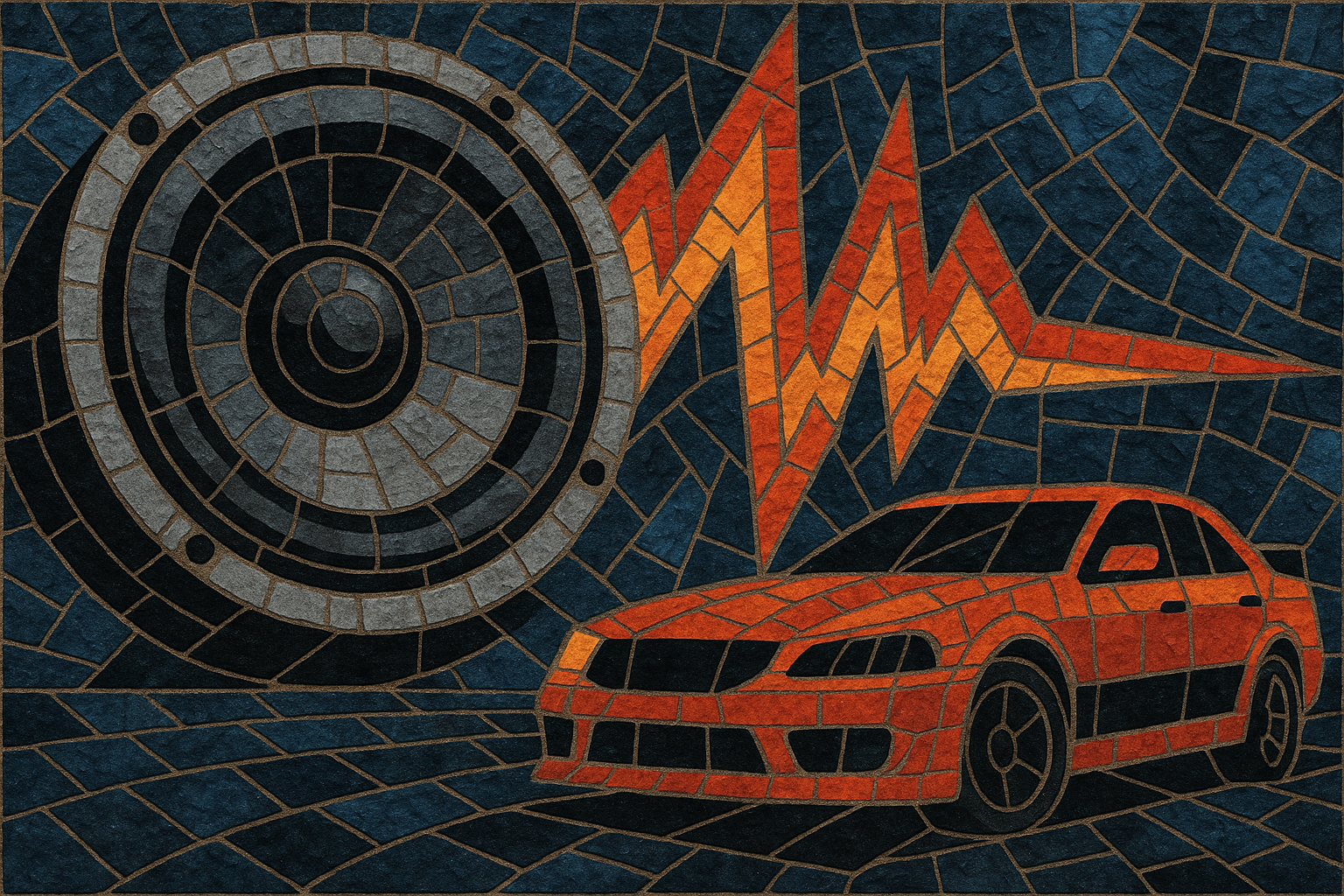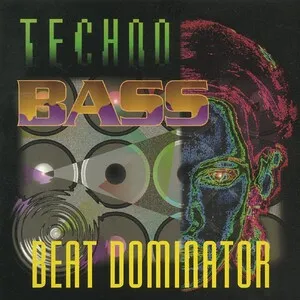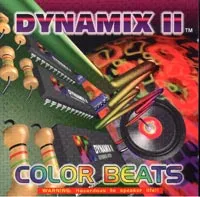
Car audio bass is a bass-focused music style engineered for demonstrating subwoofer systems in cars and for sound pressure level (SPL) competitions.
It emphasizes extremely deep, clean, and sustained low frequencies (often 20–50 Hz), tone sweeps, and spacious headroom over melodic complexity or dense arrangement. Tracks are typically instrumental or minimally vocal, optimized to flex panels and move air in the cabin without muddying the midrange.
The style grew out of Miami/Florida bass culture and the car-audio test CD era, later evolving into online “decaf” remaster communities that rebuild mainstream hip‑hop and trap songs with reinforced, lowered, and cleaner sub‑bass for modern systems.
Car audio bass emerged in the United States during the 1990s alongside the car‑audio boom and SPL competitions. Building on Miami bass and electro‑bass aesthetics, Florida labels (notably Pandisc) and specialists released purpose‑built “bass test” and demo albums. Pioneers such as Bass Mekanik, Techmaster P.E.B., Bass 305, DJ Magic Mike, and Bass Patrol popularized test tones, sine sweeps, and musical passages engineered to challenge subwoofers and showcase system tuning.
As car‑audio culture expanded, enthusiasts used commercial “bass test” CDs as well as increasingly available downloadable files. Artists like Bassotronics (with widely used test tracks such as “Bass, I Love You”) became staples at meets, SPL lanes, and demo videos. Production focused on ultra‑low fundamentals, mono-compatible subs, and conservative limiting to keep low‑frequency transients clean at high excursion.
With the rise of YouTube, SoundCloud, and forums, the “decaf” approach—remastering popular hip‑hop/trap tracks for deeper, cleaner sub‑bass—spread quickly. Producers rebuilt 808s, adjusted low‑end shelving, and widened headroom to create versions that hit harder in cars while reducing distortion. This coincided with the growth of affordable measurement tools and DSP, allowing listeners to tailor playback chains for extreme low-frequency performance.
Car audio bass remained a functional, community-driven niche, now intertwined with social video platforms and car culture content. While still rooted in test tones and demo‑friendly arrangements, it cross-pollinated with online bass trends and phonk aesthetics used in automotive clips, keeping the genre relevant for new listeners and system builders.






